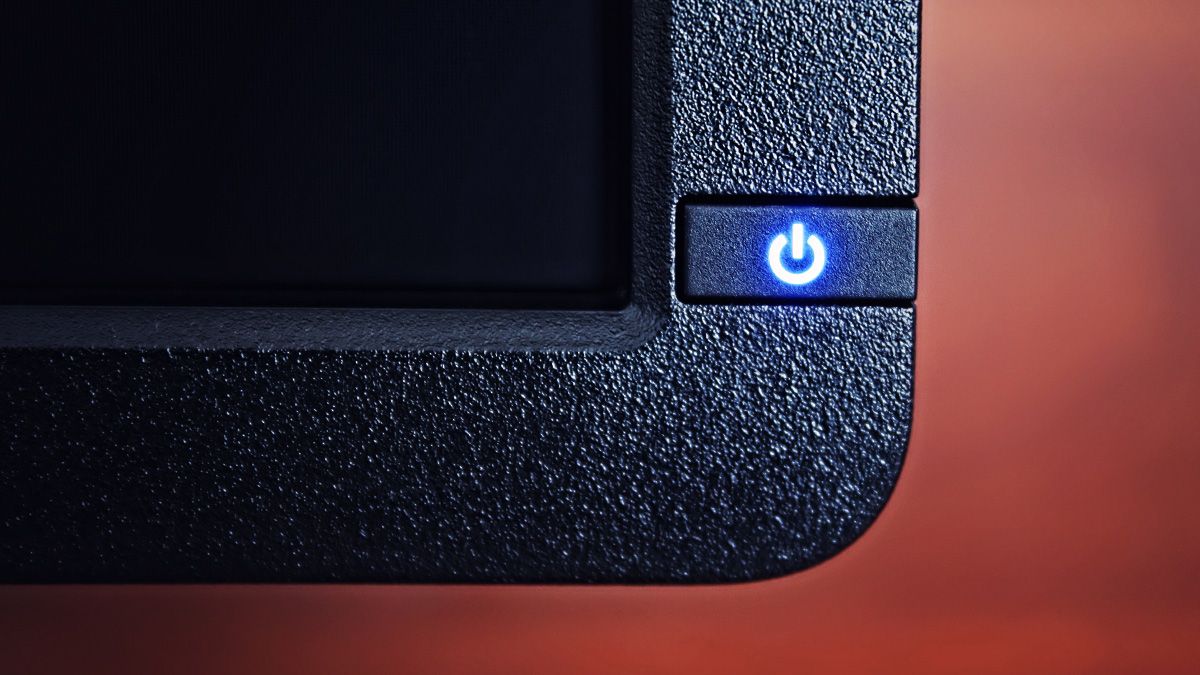Quick Links
Key Takeaways
Phantom load, sometimes called vampire draw or standby power, is the power used by appliances while they're inactive or in standby mode. Appliances consume power while in standby mode to enable them to start more quickly, respond to remote controls or a smartphone app, or run background tasks.
Read any article about measuring power usage or saving money on your electric bill, and you're sure to hear about phantom loads. But what are they exactly?
What Is a Phantom Load?
There are a variety of terms used to describe what we're talking about today. In addition to the phrase "phantom load," you might also hear phrases like vampire draw, vampire power, energy vampire, ghost load, or standby power used to describe it.
Ultimately, what all those terms are describing is a situation where an appliance or device is consuming power when not in active use.
When you're watching television, the electricity consumed by your television is not a phantom load, or standby power, because the electricity fulfills the primary and active task the TV is designed for. The electricity consumed by the TV when it is turned off, on the other hand, represents the phantom load.
There's more to the situation than just wasted power, however, so let's take a closer look at the benefits and drawbacks to devices drawing power when you're not directly using them.
The Advantages of Phantom Loads
While it would be easy to immediately think that all phantom loads are inherently wasteful, it's not quite so cut and dry.
Typically that "phantom" power isn't merely wasted on nothing at all, but used to keep the device in a state of readiness.
Remote-controlled devices such as televisions, stereos, and such, have a phantom load to keep, at minimum, the IR or Bluetooth receiver active so that you can turn them on remotely.
Without that phantom load, you would have to turn the device on with a switch on the device itself before the remote would function. Similarly, if you have smart devices like smart plugs or smart bulbs, they have to draw a small amount of power to be ready to respond to commands.
Phantom loads also allow for "instant-on" functionality in appliances and devices that require a warmup period or such. It's less common today than in the past, but one common example in the 20th century was CRT tube televisions. A tube TV took several seconds to warm up fully and display the picture clearly, so manufacturers designed the tubes to stay in a sort of pre-warmed state so when you flipped the TV, it didn't feel like you were waiting for a heater to warm up.
A device maintaining a phantom load also allows for standby and background functionality. On the light end of things, you have a small amount of power drawn to keep things like your microwave's clock on. An always-on networked DVR consumes much more power but ensures that your shows are recorded and available for playback throughout your home.
Similarly, modern game consoles with features that allow you to buy a game online or select it from your phone and download it to the console---without being at the console---maintain a higher phantom power load to stay in permanent standby, ready to remote download content.
Speaking of game consoles, portable battery-powered consoles like the Nintendo Switch, as well as portable electronics in general left on their respective chargers, will have a phantom load because they're drawing power to keep the battery charged and keep the device ready to use.
The Disadvantages of Phantom Loads
All the advantages we just discussed focus on user comfort and ease of use. Naturally, the disadvantages center around excess power consumption.
Historically, phantom loads were a much bigger problem than they are today. There was no real pressure to design devices with non-existent or very small phantom loads.
It wasn't unusual to find devices in your home with phantom loads over 10 watts for trivial things like maintaining the clock and settings on a VCR. Shockingly, before initiatives like Energy Star and the One Watt Initiative, standby energy use accounted for over 10% of residential power consumption.
As a result of such initiatives, the standby power demand of many electronic devices has plummeted in recent years. Many devices that previously consumed as much energy as a small light bulb while sitting there idle now only consume a few watts or even half a watt or less.
Ironically, however, while individual devices are becoming more efficient in standby, we also have many more devices than we used to in our homes. So replacing an older device that consumes 10 watts in standby with a device that consumes only 1 watt is good.
However, if the household now has 20 more devices than it used to, the benefit per device is greater, but the net gain for idle power consumption ends up higher than before despite the improvements.
All this talk of phantom loads might have you curious as to how much phantom load various devices around your home have, as well as what the total phantom load of your home is. We'd never leave you hanging, so do check out our guide to measuring phantom loads to get to the bottom of things.

